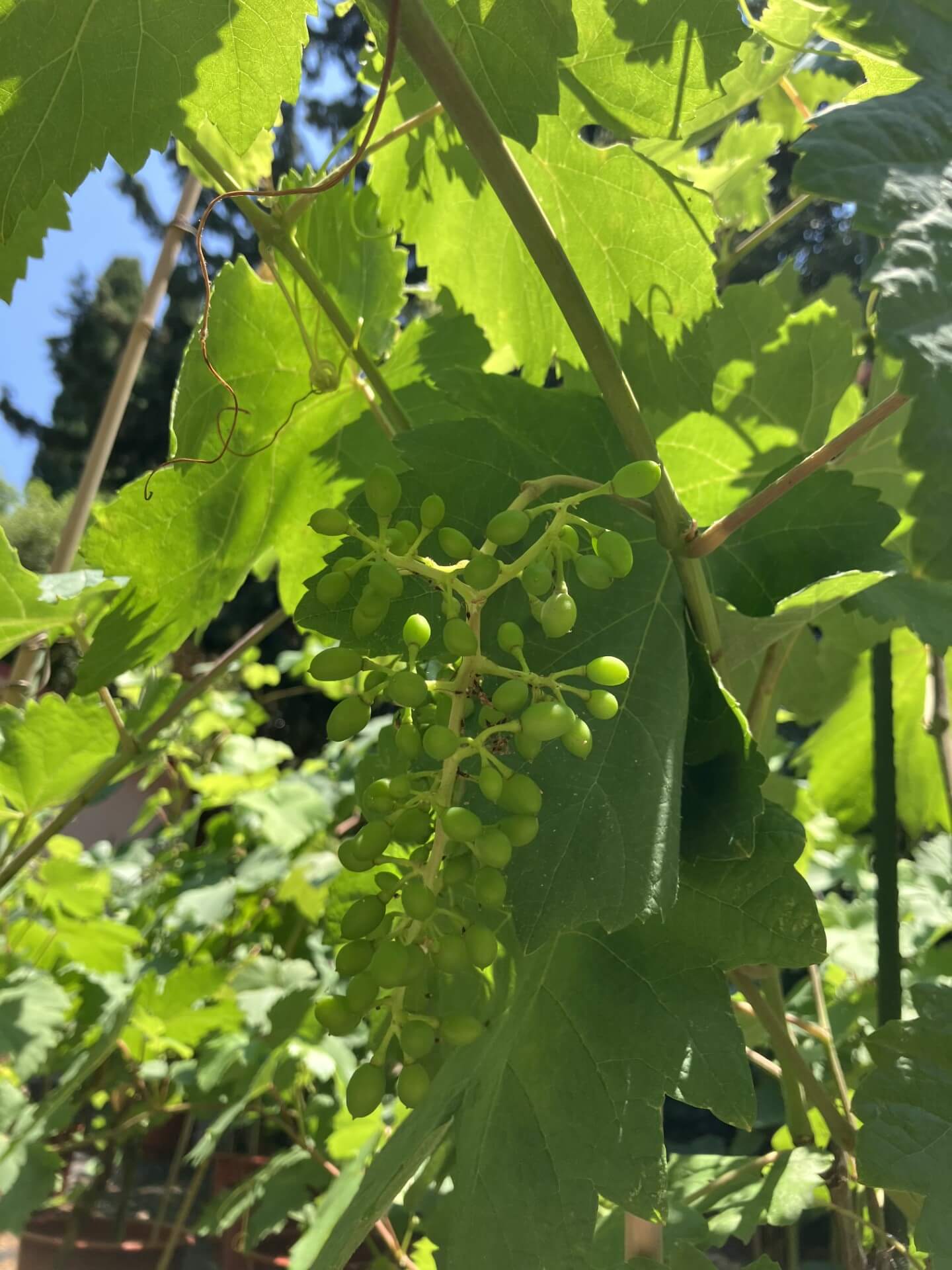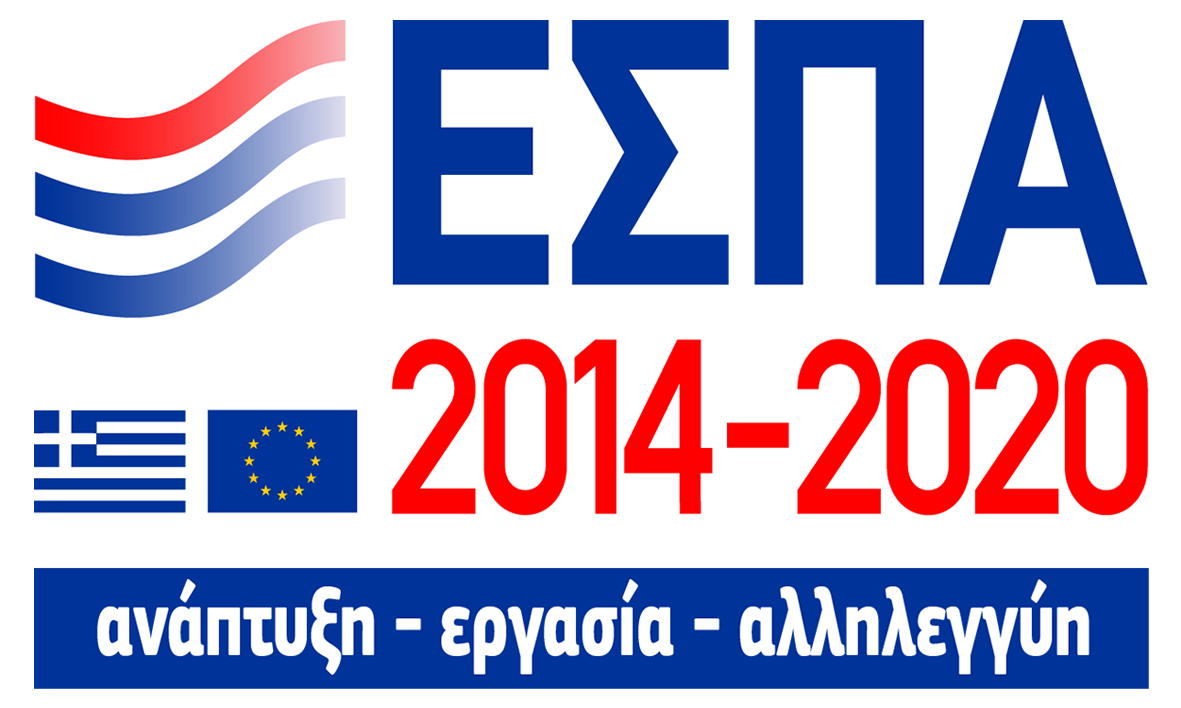
The project
First steps include the monitoring of Drosoplila suzukii populations in different grape varieties. Then, the attract-and-kill method will be applied and evaluated. In both cases, innovative attractants and widely available lures that are highly attractant to the target pest species will be used, in combination with modified traps, carrying biological insecticides (e.g., spinosad), aiming to suppress the pest populations beyond damaging levels. Finally, the compatibility of the method with other sustainable control tactics for other grapevine pests such as mealybugs, grapevine moth and leafhoppers will be evaluated.
WP1. Project Management
WP2. Monitoring of Drosoplila suzukii populations in different grape varieties
Traps with innovative attractants and widely available lures will be applied in different grape varieties in Ktima Gerovassileiou for monitoring D. suzukii populations.
Ktima Gerovassiliou will be the pilot field of the project. Members of BPI and AUTH will be involved in experimental design, data collection and analysis.
WP3. Attract-and-kill method
WP4. Compatibility of the method with other sustainable control tactics for other grapevine pests
WP5. Dissemination
Pilot field
Ktima Gerovassiliou will be the pilot field of the project.
It is a single private vineyard stretching over 70 hectares, with Greek and foreign varieties, giving us the opportunity for proper experimentation in multiple plots with the same characteristics available within the same growing season, thus ensuring repeatability and accuracy of results.
The application of the method will be a model for other local vineyards and other wine-growing countries. At the same time, valuable experience will be gained for possible applications of the method in other crops in Greece, with significant export potential, such as cherries, kiwis, apples, and peaches, in which infestations by D. suzukii have been found or will be found in the future.
The same method can be applied to other crops affected by D. suzukii, thus increasing the added value of the project.










